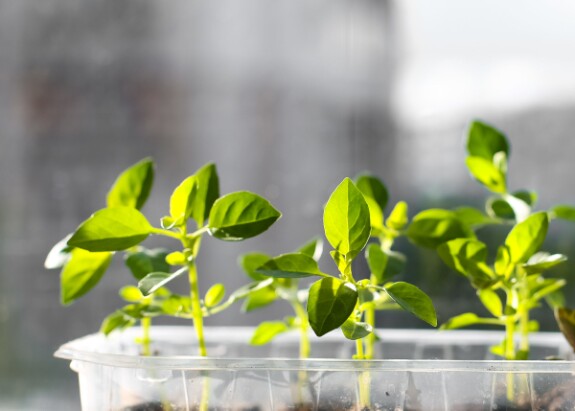Setting Up a Grow Tent

So you've decided to try your hand at growing plants at home in a grow tent. There are a variety of sizes and types of tents to choose from. Inside, there are reflective foil surfaces for maximum heat insulation and plant light benefit. Many tents additionally have a variety of zipped or corded entry ports for accessing the grow setup or adding accessories. Steel support bracing keeps the tent freestanding and provides a sturdy structure.
After you've chosen the ideal tent for your home grow setup, you'll need to outfit it with the necessary equipment to aid the plant's growth. Let's go over the setup and see what's required.
To get CO2 out of the tent, you'll need a decent ventilation system installed. This task will be accomplished with the help of a ventilation duct and a duct fan connected to a carbon filter. Duct fans are used to regulate the temperature and humidity in your grow space. This allows for maximum ventilation while fully eliminating any odours. The timed setting for the fan will vary depending on what you choose to grow in your tent.
What to use to aid your extraction system
Depending on what you're growing, there are a few different methods to make the extraction fan and filter system work for you. Some people like to heat their tent with a separate heater, while others prefer to use a controller. When you add a grow room fan controller to your extraction system, you can control how quickly the fan runs and, as a result, the extraction rate. This will come in handy as the weather cools down.
During the height of summer, a large extraction system working at full capacity may be ideal for maintaining ideal temperatures. When the cooler months arrive, however, the same massive extraction system, which lacks a fan speed controller, will make keeping temperatures warm enough for healthy plant growth nearly impossible.
Grow room fan speed controllers come in a variety of shapes and sizes, with some being more expensive than others and performing distinct purposes. Circuit board, variac, and hybrid are the three types of grow room fan controllers. Each has its own set of characteristics and benefits for various grow room layouts and locations.
One of the biggest advantages of circuit-board fan speed controllers is that, because they use electronic control, they frequently include a thermostatic or temperature control option. Place the attached temperature sensor near your plants, select the desired temperature on the front of the box, and the controller will adjust the fan's speed to keep the area at the specified temperature.
Many circuit-board types can additionally control an extractor fan and an in-take fan, with the temperature control automatically regulating the speed of both. In order to maintain negative air pressure, the inlet fan will run slower than the extraction fan.
Variable fan controllers alter the fan speed in a completely different way. They essentially consist of a huge, adjustable electrical transformer housed in a box with a front-mounted control. Variable style fan speed controllers work by lowering the constantly-fed mains voltage to the fan, as opposed to circuit-board type controllers that turn mains energy on and off quickly. With these controls, there is no pulsing of electricity.
As a result, there is no fan resonance. This type of controller, on the other hand, does not offer automatic temperature regulation. The user must manually adjust the fan speed using the control. An extraction fan and an inlet fan are generally controlled by two independent outputs. Two fans can be connected to the output of the controller if the controller is rated for a high enough current. Even if the intake fan is smaller than the extraction fan, negative air pressure can be maintained.
Hybrid grow room fan controllers combine the finest features of both controllers to ensure quiet operation, as well as the ability to change temperature and choose between maximum and minimum fan speeds. These grow room fan controllers are expensive pieces of equipment because they are essentially all-in-one controllers for the user.
Extra equipment before you introduce plants to the grow tent
During the cold months, a grow room fan heater will keep your growth going smoothly. Most heaters for sale include a built-in thermostat, which means that once the desired temperature is reached, the heater will turn itself off.
A humidifier in the tent will add 250ml to 350ml per hour to the moisture levels in your grow space. Simply fill the reservoir with water and select your chosen setting. Because most humidifiers have a huge tank, you'll only need to refill it every two to three days. Humidifiers prevent plants from losing water through their stomata, or leaf surface openings. There are a variety of humidifiers available for purchase, including smart humidifiers with a variety of capabilities, including humidity level control.
Alongside the humidifier, you will need to add a dehumidifier to combat any excess moisture the plants will not need. Usually, you will set these two units five percent humidity apart, so one will switch on whilst the other will switch off.
A floor or stand fan, especially with an osculating feature, is necessary for air circulation in the grow setup. This will help the plants grow by exposing them to large amounts of air.
The key to obtaining a high level of photosynthetically active radiation is to add lights and adjust them to the required height from the plant (PAR). This is the light that gives your plants the energy they need to make sugars from water and CO2 in the air.
Resources: